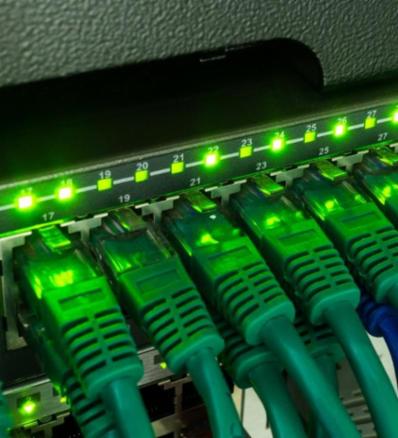1. Launch the Exchange Management Shell (EMS)
Click on the start button and expand Microsoft Exchange 2016 and right click on Exchange Management Shell and run as admininistrator.
2. Run command
Run the following commmand to move the Transport Database: .\Move-TransportDatabase.ps1 -QueueDatabasePath C:\data\Queue -QueueDatabaseLoggingPath C:\data\Queue\Logs -IPFilterDatabasePath C:\data\IPFilter -IPFilterDatabaseLoggingPath C:\data\IPFilter\Logs -temporarystoragepath C:\data\TemporaryStoragePath .
3. Run the 2nd command
Run the next command: Set-TransportService –identity exchange-2019 -ConnectivityLogPath "E:\TransportLogs\Connectivity".
4. Run the 3rd command
Run the next command: Set-TransportService –identity exchange-2019 -ReceiveProtocolLogPath "E:\TransportLogs\ProtocolLog\SmtpReceive".
5. Run the 4th command
Run the next command: Set-TransportService –identity exchange-2019 -SendProtocolLogPath "E:\TransportLogs\ProtocolLog\SmtpSend".
6. Run the 5th command
Run the next command: Set-TransportService –identity exchange-2019 -MessageTrackingLogPath "E:\TransportLogs\MessageTracking".
7. Run the 6th command
Run the next command: Set-TransportService –identity exchange-2019 -RoutingTableLogPath "E:\TransportLogs\Routing".
8. Run the 7th command
Run the next command: Set-TransportService –identity exchange-2019 -PipelineTracingPath "E:\TransportLogs\PipelineTracing".






